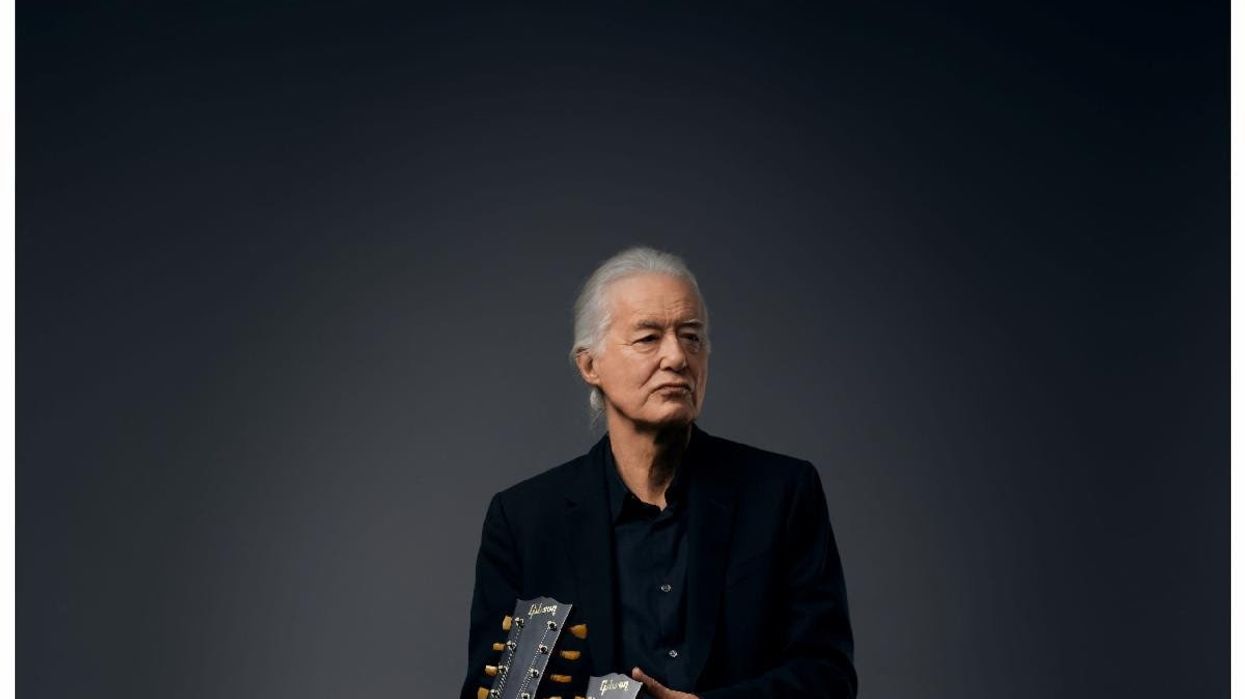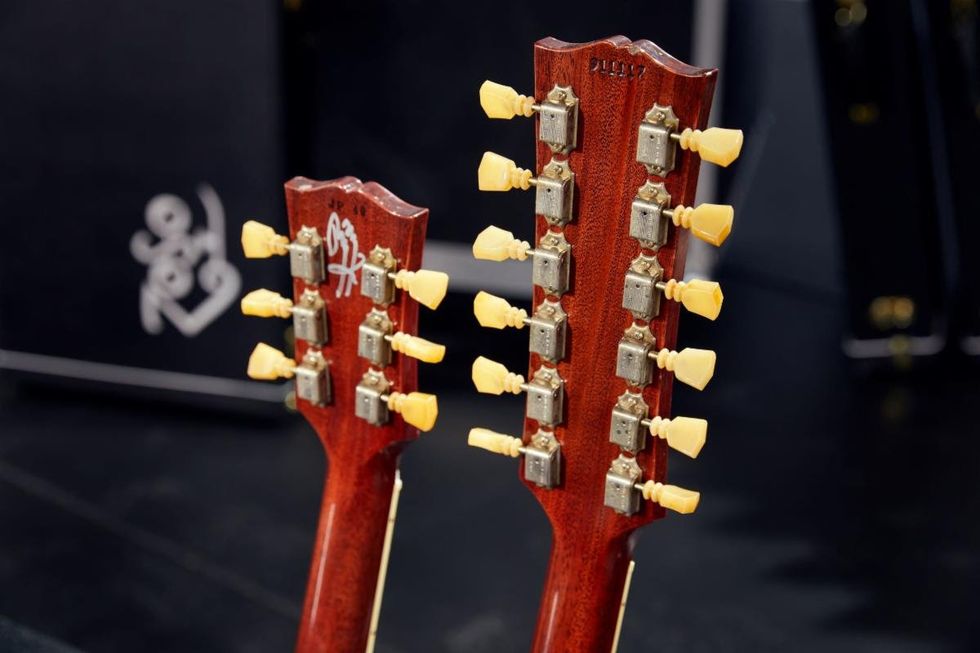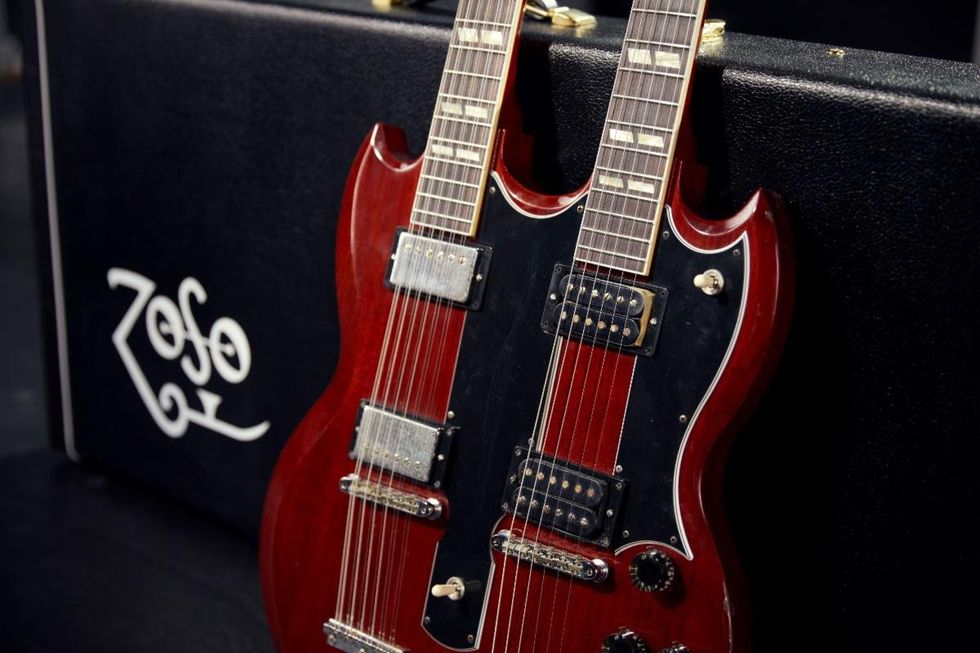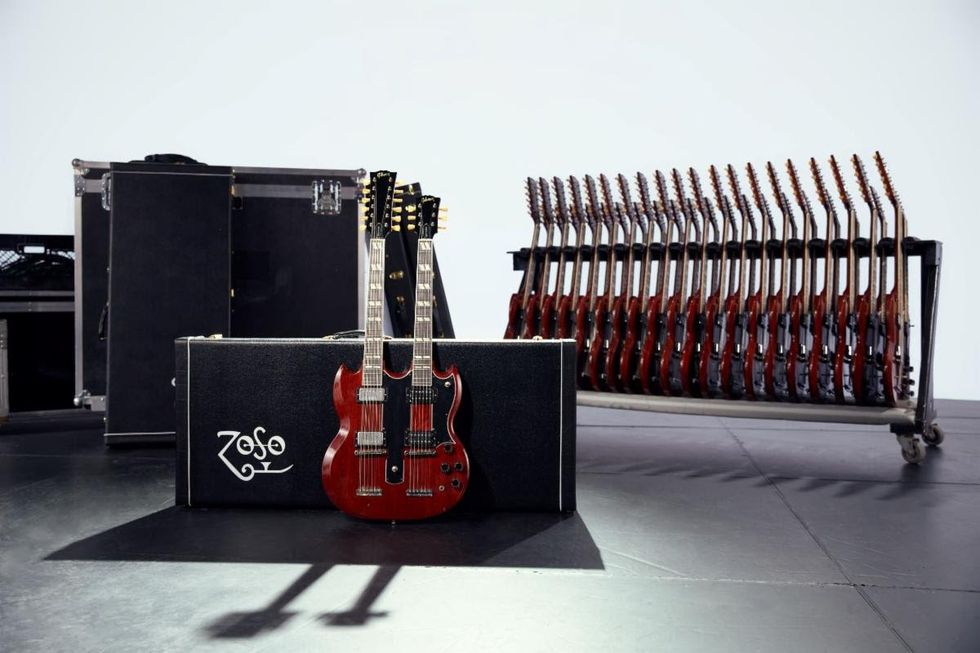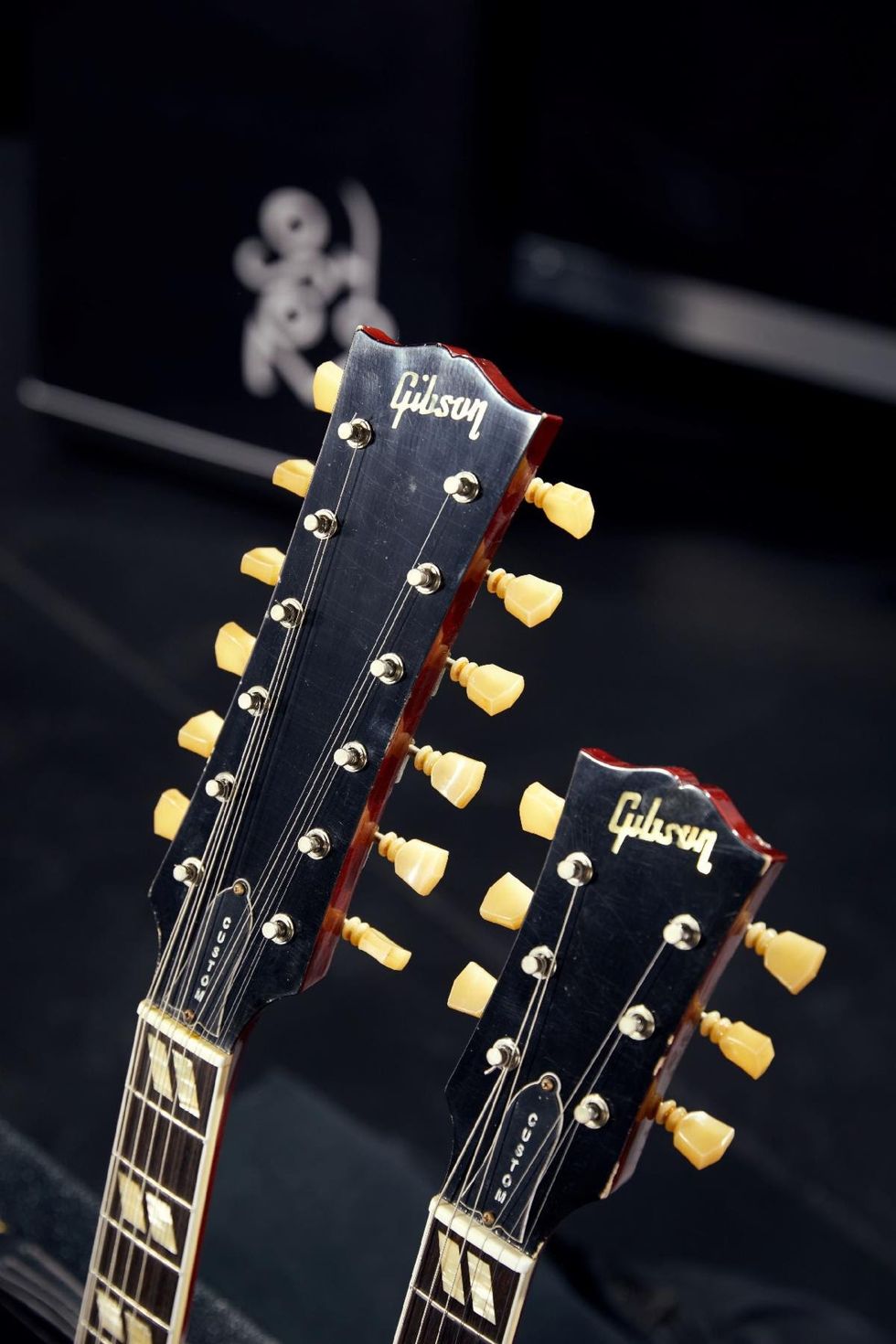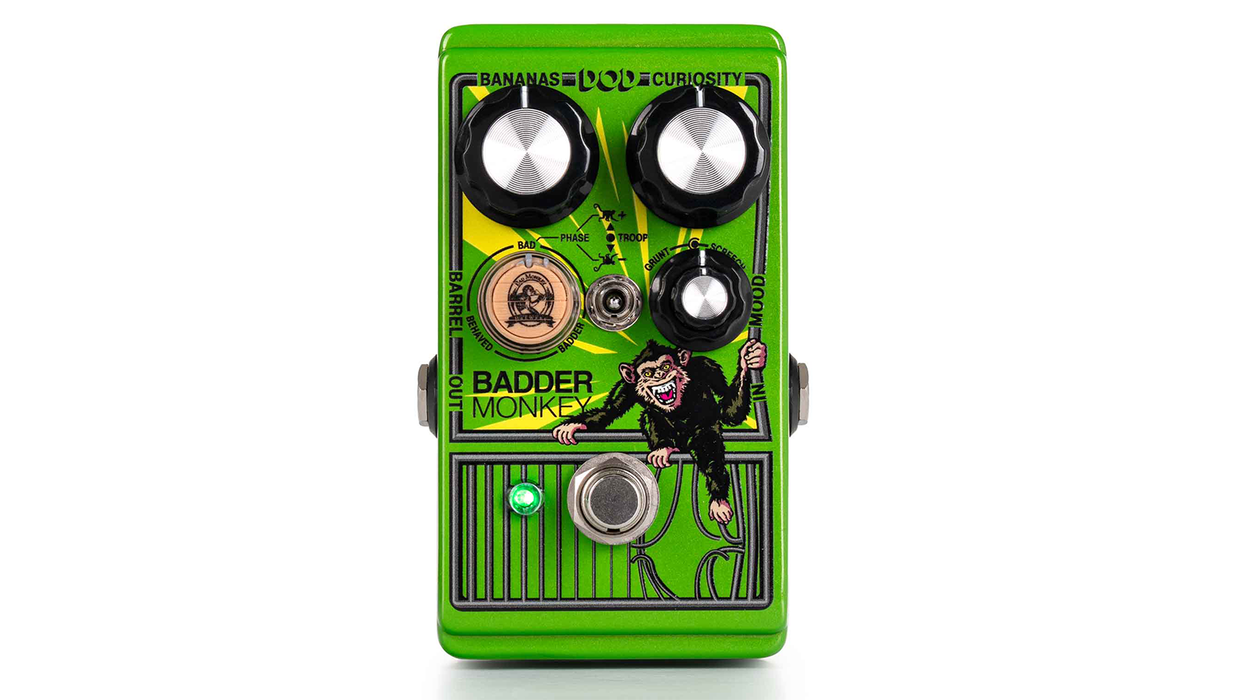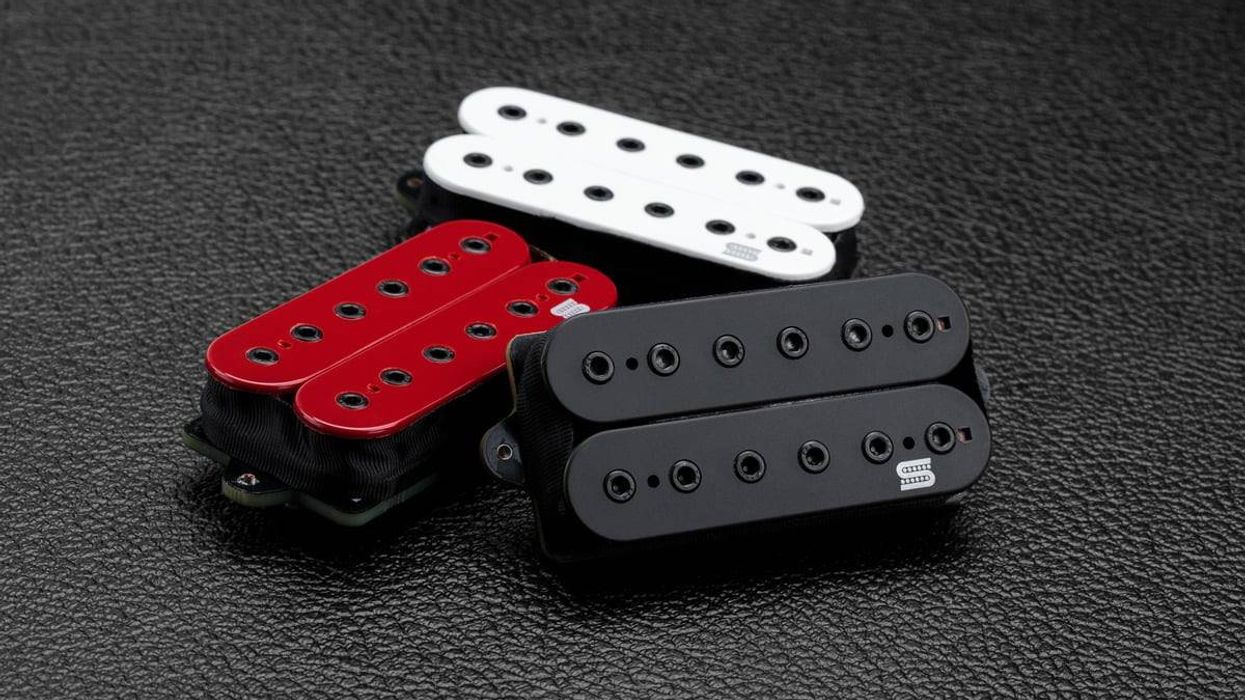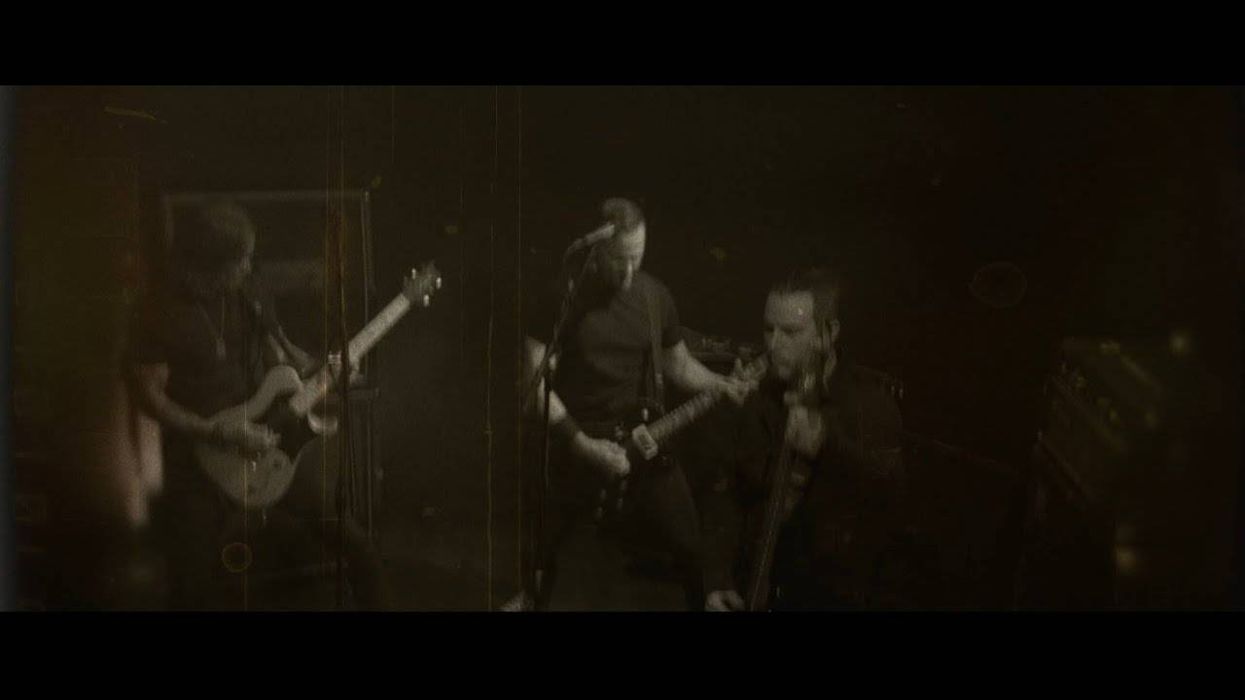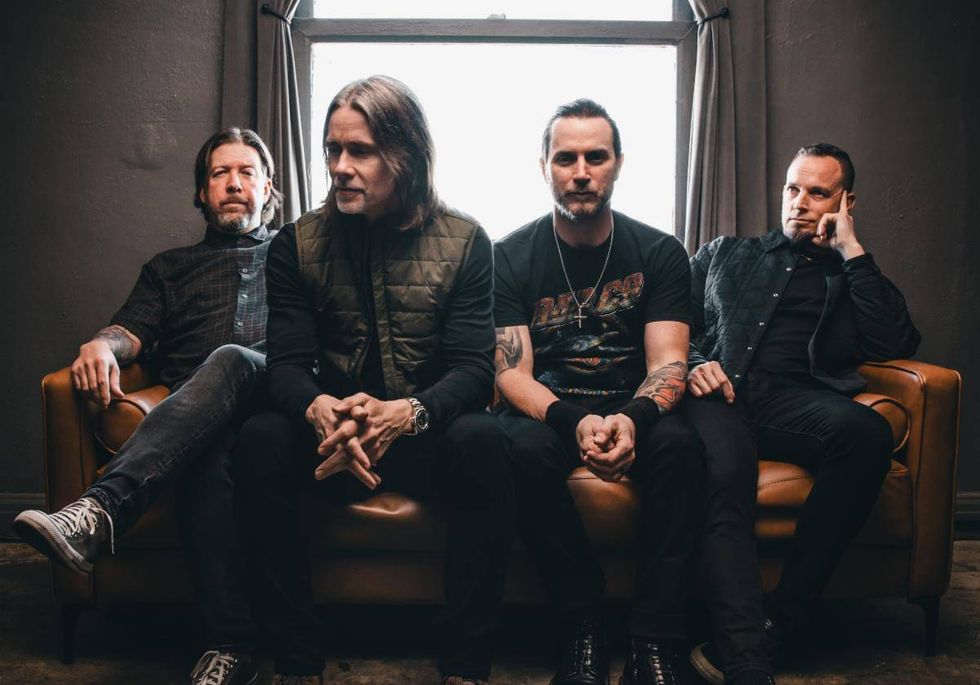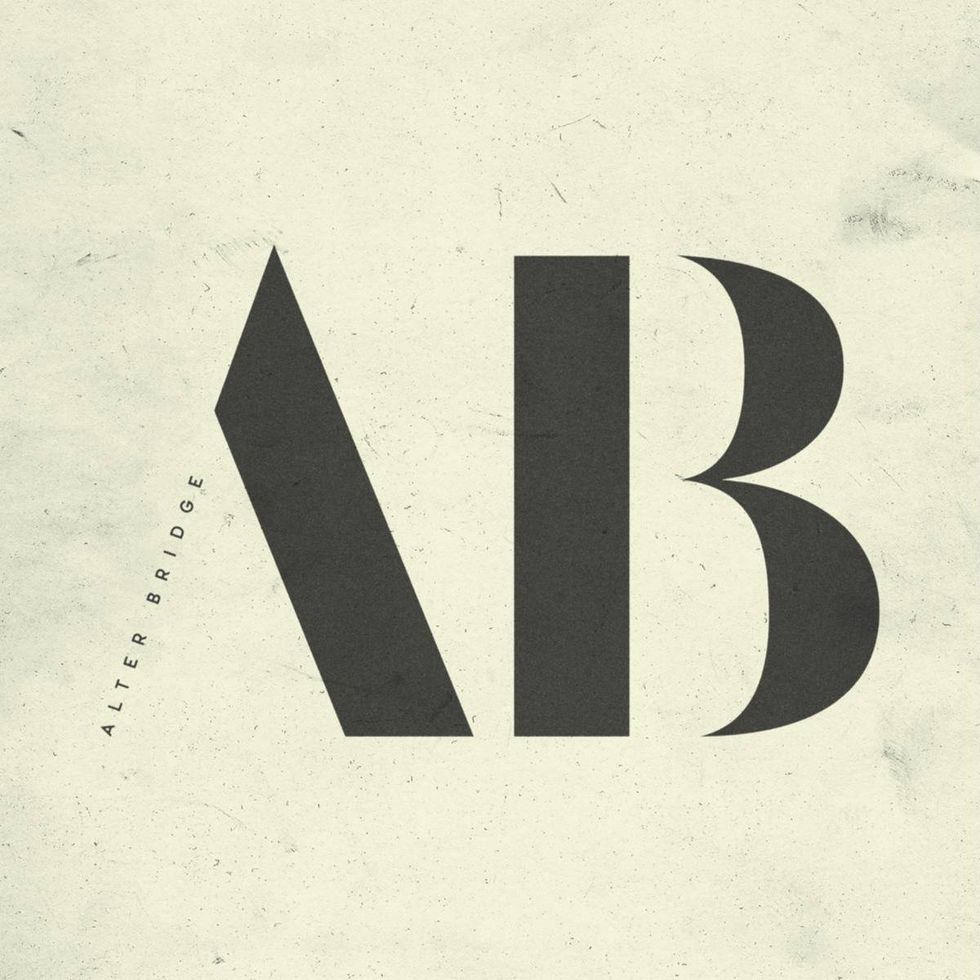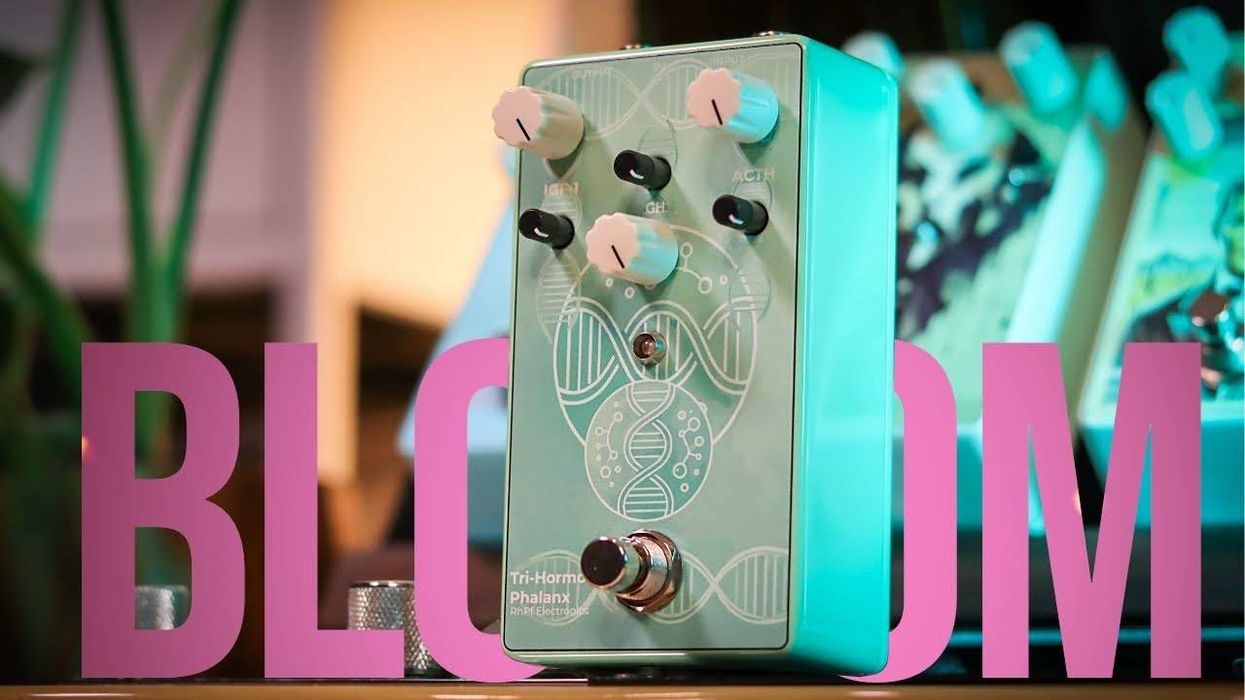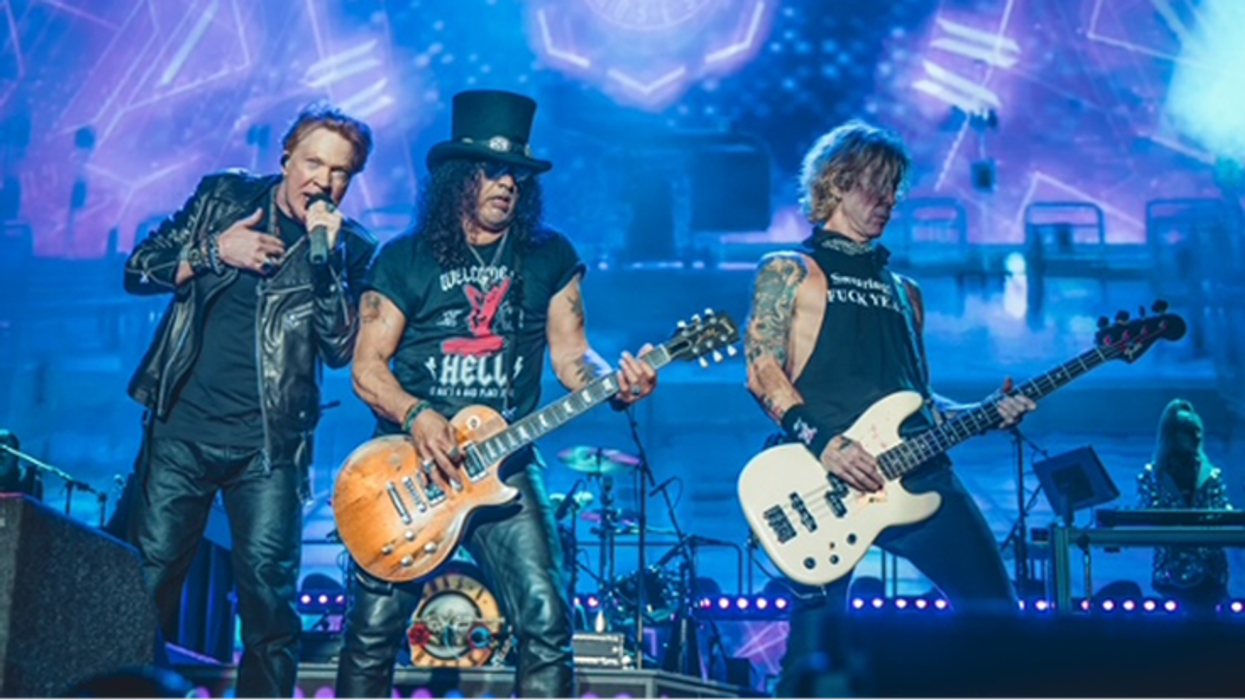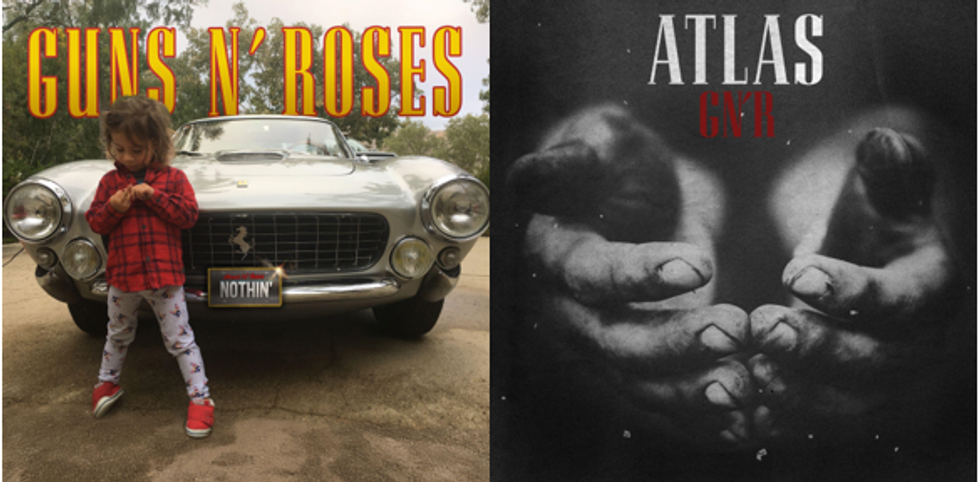Introducing the Jimmy Page 1969 EDS-1275 Doubleneck Collector’s Edition, a tribute to the Led Zeppelin guitarist and one of his most iconic guitars.
With its distinctive silhouette, Jimmy Page’s Gibson EDS-1275 Doubleneck has become one of the most iconic guitars in history. Jimmy defined the model from the moment his EDS-1275 was delivered to him, which allowed him to play the acoustic and electric 6-string and 12-string parts of the song “Stairway to Heaven” at live performances, and later using it for “The Song Remains the Same,” “The Rain Song,” “Celebration Day,” “Tangerine,” and most recently at the Rock & Roll Hall of Fame last November as a tribute to Link Wray. The EDS-1275 has become synonymous with Page’s legendary stage presence and the electrifying moments that defined a genre.
Every detail has been thoughtfully recreated, from the playing wear to the sonic character of this guitar. Only 50 Collector’s Edition guitars, all hand-signed and played by Jimmy Page, have been created by the expert luthiers of the Gibson Custom Shop in Nashville, Tennessee, and aged to match the original finish by the Murphy Lab as part of this extraordinary Collector’s Edition run.
The Jimmy Page 1969 EDS-1275 Doubleneck Collector’s Edition features a lavish collection of case candy curated by Jimmy Page that features a Certificate of Authenticity Book with a photo taken by Barrie Wentzell, a wooden Pick Display with Herco Flex pick played by Jimmy Page on the specific serialized guitar, a Premium Cherry/Black Leather Strap and Vintage Replica Strap, Schaller Strap Locks, an Embroidered Dragon Guitar Shroud, and a Gibson Doubleneck Stand.
Jimmy Page Gibson 1969 EDS-1275 Doubleneck Collector’s Edition
“One of the most influential musicians in history, Jimmy Page is an icon across all genres of music, art, and culture and co-founder of one of the biggest bands of all time, Led Zeppelin,” says Cesar Gueikian, Gibson CEO. “Being the main music writer in Led Zeppelin, Jimmy leveraged his blues and folk inspirations to orchestrate the pioneering rock sound that became the signature of the band and revolutionized rock across all of its future variations. We are grateful for Jimmy’s trust and partnership, and we look forward to paying tribute to him.”
For more information, please visit gibson.com.
Price: $49,999 USD.


